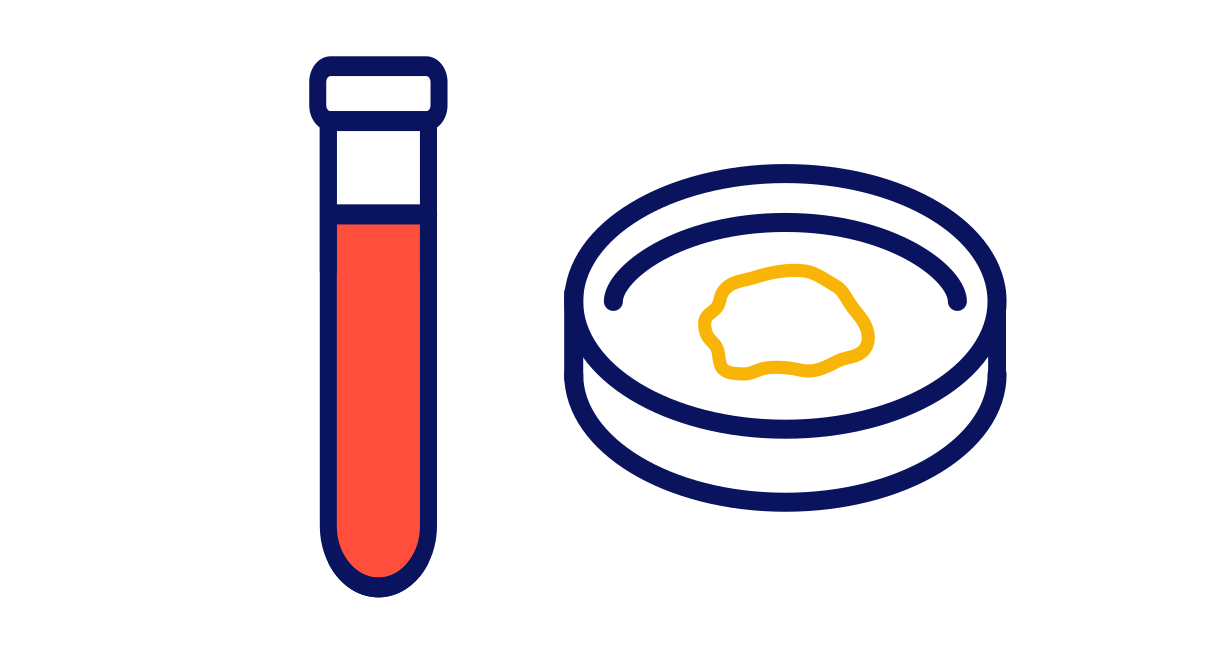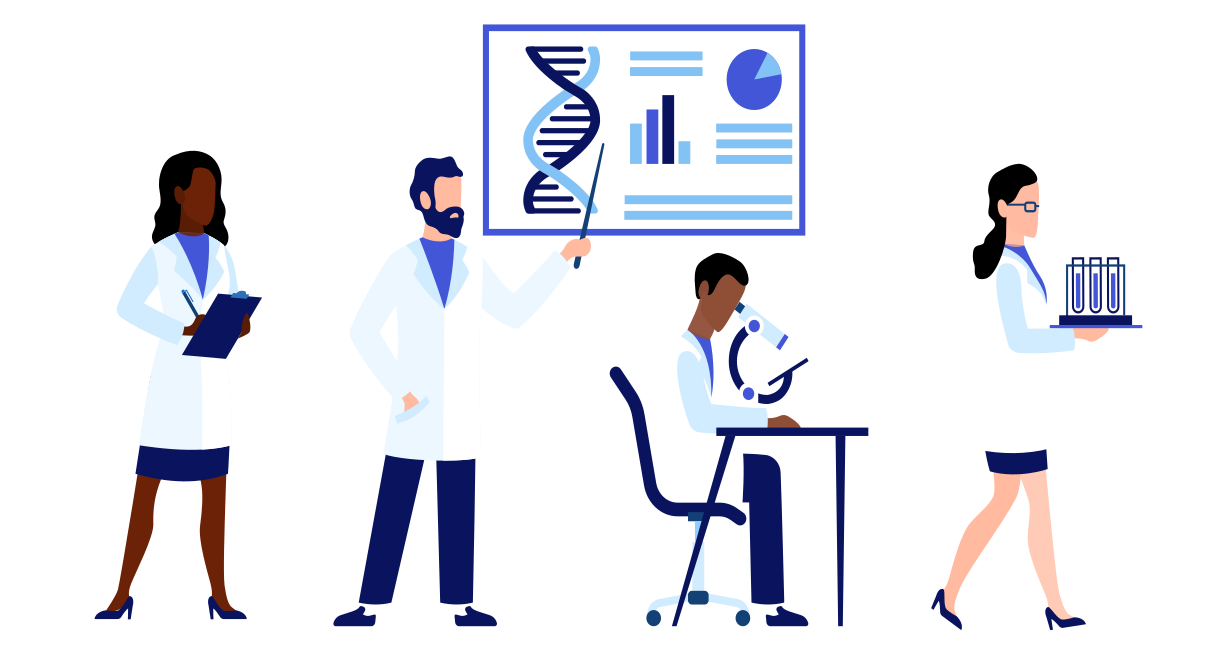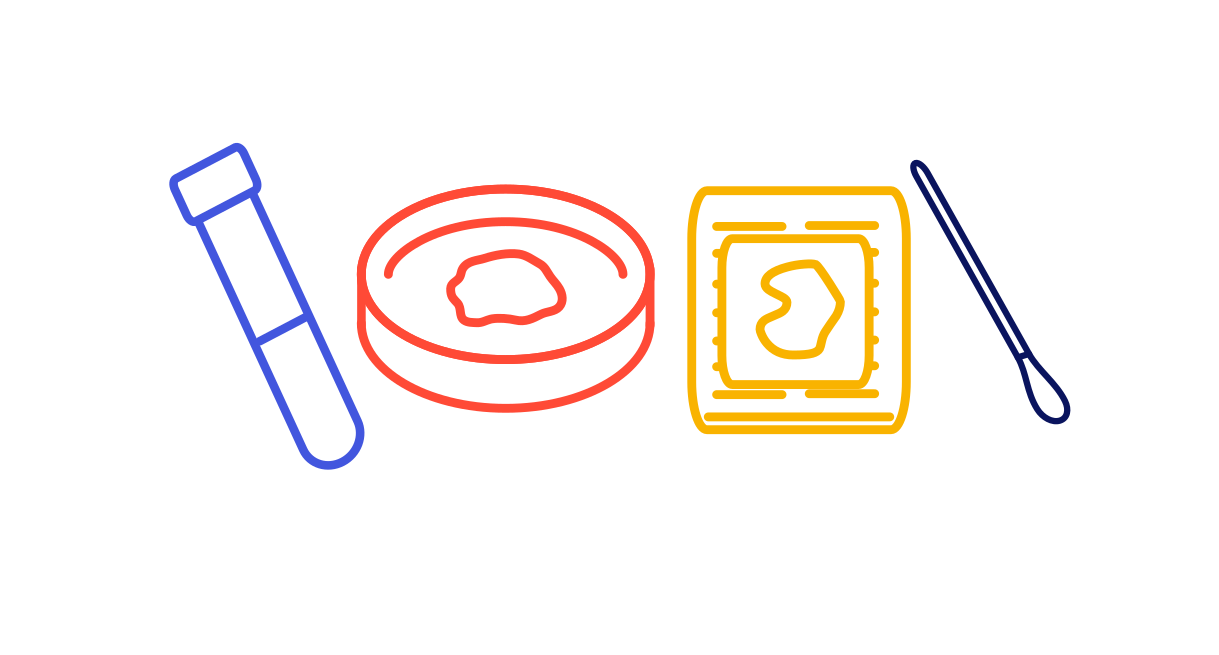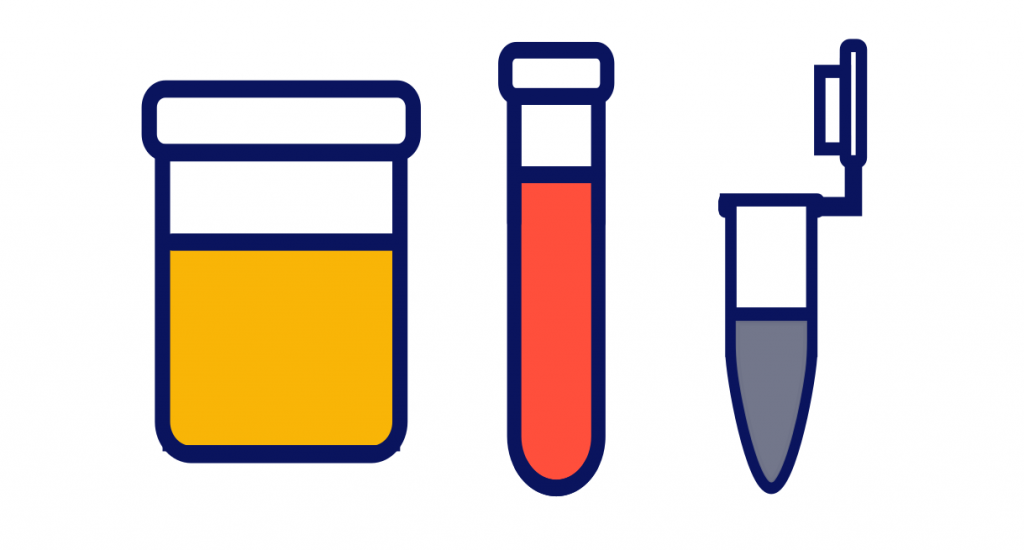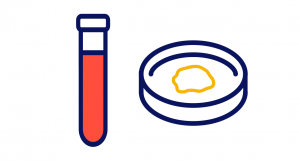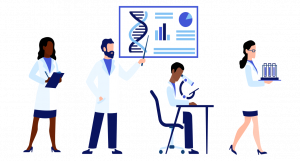Human biospecimens are biological materials that are obtained from living or deceased human subjects. Biospecimens are commonly also referred to as biological specimens, biological samples, biosamples or samples. All of these terms are used interchangeably. Some examples of human biospecimens include blood, urine, stool, tissue, cells, saliva, swabs, or DNA. Biospecimens are widely used as part of routine clinical care (ie. diagnosis, prognosis and monitoring), and in life science research (academic and commercial).
If you’re interested in learning more about biospecimens, check out our more detailed articles on the following topics:
1. Types of Human Biological Samples
In this post (Types of Biological Samples), you’ll find a summary of each of the main types of biological samples and we provide examples of the types of research where they’re used.
2. Where to Source Biological Samples?
3. Biospecimen Collection: Prospective vs Retrospective
What we Do at SampleSmart
SampleSmart is a biospecimen procurement company. We source biological samples for life science researchers to use in their R&D studies. We work with a worldwide network of biospecimen providers, ranging from direct partnerships with clinicians to academic and hospital biobanks to commercial biospecimen providers. This allows us to source samples across all disease areas (including oncology, cardiology, neurology, immunology, respiratory, infectious diseases, orphan diseases…) and all biospecimen types (including FFPE tissue blocks, slides, fresh/frozen tissue, fresh/frozen blood, serum, plasma, isolated cells, CSF, bone marrow aspirate, swabs, DNA, RNA, protein lysates…). Check out our How We Work page to learn more.

